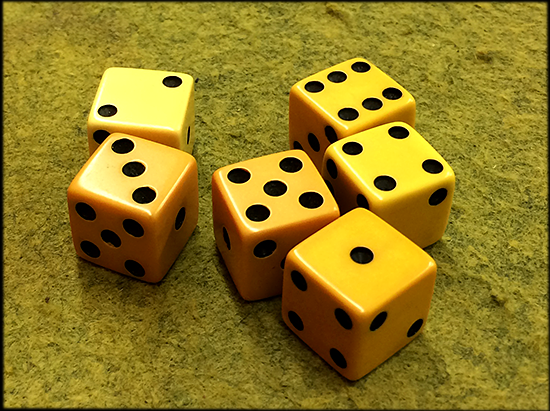I dropped by The Panzer Depot in Kirkland, WA today where Steve Puffenberger ran a small Napoleonic game using the Black Powder rules. The scenario was a small encounter in Spain. Two French brigades with some cavalry and artillery support attacked two smaller British brigades holding a small hill top town position. The British also had a supporting Spanish brigade coming up to their rear. Mark Serafin and I were the Frenchies, Steve and Ken Kissling were the Brits and Spanish.
At the outset, Mark and I viewed our chance of success as minimal. British troops in line holding a decent position are pretty secure and in Black Powder towns are nearly impregnable fortresses. Faced with the immovable object, we did not see our troops as anything like an irresistible force.
I had three légere battalions and two ligne battalions in mixed formation with skirmishers deployed forward. Facing me were Steve's two British line battalions, a battery of 9 pounders, and a rifle company.
Mark had four ligne battalions, a battery of horse guns, and a squadron of Hussars. We also had an 8-gun battery of divisional troops. Facing mark were Ken's three British line battalions with a squadron of light dragoons in reserve.
The game started with a small preliminary bombardment that managed to inflict casualties and disorder a couple of the British line—although that was't something we could take advantage of. Our first turn saw Mark and I both failing our first move attempts and the initiative passed to the Brits.
With turn 2 things started moving faster. Mark and I both managed to move up with all our units and start trading shots between our skirmishers and theirs. On my third turn, I decided to grasp the nettle and charge in with a légere battalion in colonne d'attaque against one of Steve's line units. Another léger battalion smacked into his battery, with the third battalion in support of the two in contact.
I gritted my teeth expecting the withering fire of Steve's British, but he wiffed the shot, rolling 1-1-1-2 for closing fire. My battalion attacking the battery was not so lucky. I took a hit and was disordered. However, I passed the break test and the combats proceeded.
I beat the line battalion just barely, but Steve rolled a '3' for his break test and bye-bye line battalion. The guns also lost the combat and were taken. Having expected the worst, I was suddenly in a commanding position, even though there were two unbroken British line battalions and a detachment of riflemen nearby.
At this point, Steve counterattacked with his remaining line battalion. My closing fire inflicted a casualty, and in the ensuing combat, Steve again lost and rolled low for his break test. The second of his line battalions was gone, only his riflemen remained and his brigade was broken.
 |
| Steve counterattacks! |
 |
| Steve broken, Ken's flank exposed |
At this point, Ken withdrew the battalion into the town before I could try to hit it again. Steve plinked away at one of my légere battalions, which I'd put into line, and managed to cause it to become shaken. Steve would keep at this unit, which remained shaken for the rest of the game, but always managed to pass its break tests.
 |
| Ken withdraws to the town |
I charged into the town with one légere battalion and another in support and got shoved back. I tried again next turn and although I lost, I managed to stay in contact.
 |
| First assault |
 |
| Final assault |
 |
| La ville est à nous! |
The game did not go at all as expected. I thought Mark and I would get shellacked on our attempt to take the position. Instead, much to our surprise, the British crumbled in just about 8 turns.
I'm sure the news made Wellington's stiff upper lip a bit stiffer.
I'd be remiss not to mention that this game saw the debut of my newly acquired vintage bakelite dice. I picked up 25 of them in a few purchases on eBay and Etsy. They're nicely yellowed and range from a kind of jaundiced putty to a deep butterscotch, which gives them character. A nice addition to my dice collection and—for this game at least—lucky.














